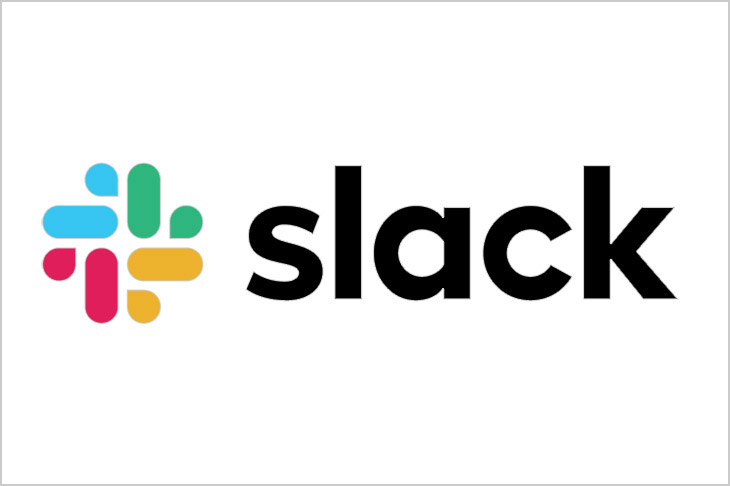RIT rolls out new Slack Enterprise Grid as collaboration tool for academic and business needs
The popular collaborative tool becomes integral part of campus communication infrastructure
RIT is offering an expanded version of Slack, the popular interactive software, with features to improve coursework and project collaborations. Slack Enterprise Grid, the comprehensive version, offers upgrades to messaging across multiple, interconnected workspaces, customization options, and a variety of channels to organize multiple class sections and organizational information.
Features include:
- Single sign-on for all enterprise-level workspaces
- Direct messages displayed across workspaces
- Ability to organize channels, direct messages, and apps into custom sections
- Having the same channel available across multiple workspaces
- Unlimited message retention
Slack Enterprise Grid provides more options to manage information and cross-collaborative project teams, said Bill Stackpole, professor of computing security in RIT’s Golisano College of Computing and Information Sciences.
“The enterprise grid provides students, faculty, and staff a powerful communications platform and the ability to direct message anyone, from anywhere, all while using a single sign-on login and eliminating the need to sift through spam and other non-task-specific traffic,” said Stackpole, who added that faculty and staff are using Slack to facilitate coursework, set up meetings with students, conduct committee work, and segment communications.
Slack Enterprise Grid is one of the newest of RIT’s collaborative tools that not only addresses the need for more online connections because of the pandemic, but ensures reliable and effective academic and business communications. It complements the academic class management system, myCourses, used primarily for organizing and scheduling delivery and assessment of class work. Slack provides near-real-time communications across multiple platforms.
“Advantages? To me it’s a direct communications path between me and my students, peer faculty, ITS, other orgs across campus,” said Stackpole. “The global direct message capability is excellent, and I don’t have to manage spam, vendor emails, etc. Unsolicited communications from those outside of the university do not cloud internal communications.”
Stackpole was part of an RIT Academic Senate task force that evaluated a number of tools over the summer and recommended adoption of Slack Enterprise Grid. The task force was chaired by Professor Elizabeth Lawley, and included several faculty members, RIT’s CIO Jeanne Casares, and staff from the Innovative Learning Institute. Stackpole is also a member of the College Course Advancement Team, which includes faculty representatives from all of RIT’s colleges, and has been providing training and mentoring on a range of teaching technologies.
This spring, access will be expanded for more of the campus community to expand course workspaces and workspace options for colleges, divisions, departments, and research groups.
More information about Slack Enterprise Grid can be found on the ITS website.





